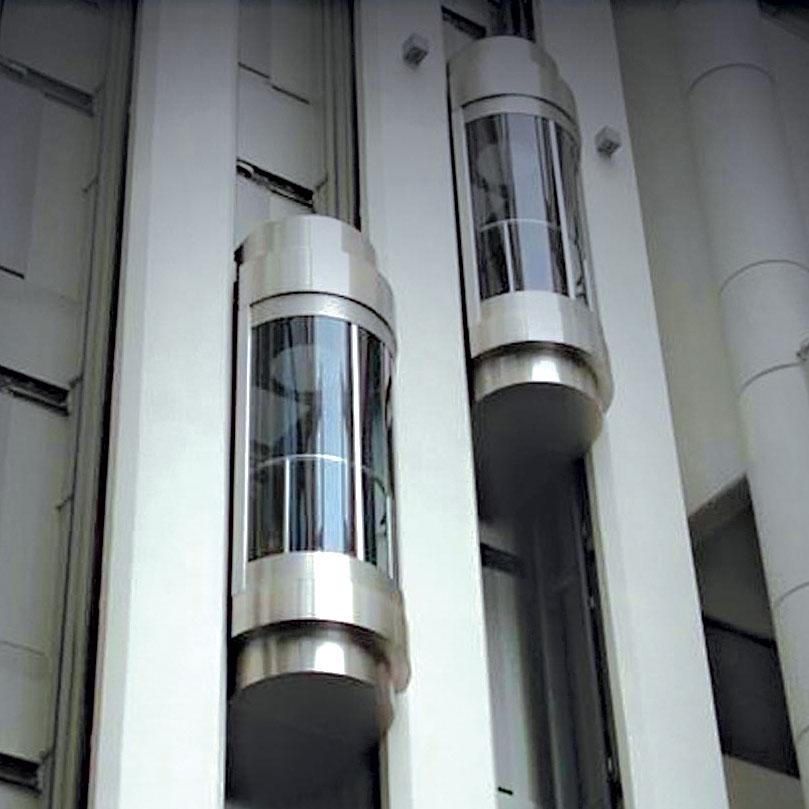Discover the Best Disabled Platform Lifts Prices UK for Residential and Commercial Use
Discover the Best Disabled Platform Lifts Prices UK for Residential and Commercial Use
Blog Article
Looking Into the World of Lifts: Common Issues Faced by Various Lift Mechanisms
As we browse with the upright transport systems of modern buildings, elevators stand out as an important element of our daily lives. From hydraulic lifts to grip systems and machine-room-less layouts, each lift type comes with its set of typical concerns.
Hydraulic Lifts
Hydraulic lifts, commonly liked for low-rise buildings, utilize fluid pressure to manage the movement of the lift auto (lift repair companies). This system includes a hydraulic pump pushing oil right into a cyndrical tube, creating the elevator to relocate the wanted instructions. While hydraulic lifts are understood for their peaceful and smooth operation, they do include their very own collection of typical problems
One prevalent issue with hydraulic elevators is oil leak. Additionally, problems with the control system, such as damaged shutoffs or a malfunctioning pump, can cause disturbances in the lift's movement.
Regular upkeep and timely repair services are vital to make sure the smooth performance of hydraulic elevators. By resolving these usual issues proactively, building proprietors can decrease downtime and make certain the safety and security and performance of their upright transport system.
Grip Lifts
When taking into consideration upright transport systems in buildings, another usual type apart from hydraulic lifts is the traction lift. Grip lifts operate using a system of ropes and weights that move the lift vehicle by clutching onto the hoist ropes. This system enables smoother and faster vertical transportation compared to hydraulic systems.
One of the usual concerns dealt with by traction lifts is rope wear. The constant movement of the ropes within the traction system can result in tear and use in time, potentially causing the lift to malfunction or end up being harmful for use. Routine examinations and upkeep of the ropes are important to ensure the elevator's appropriate performance and safety.
An additional concern that traction elevators may come across is connected to the control system. Issues with the control system can cause issues such as irregular movement, delays in response times, and even complete shutdowns. Regular testing and upkeep of the control system are essential to avoid such problems and make sure the lift's reliability.
Machine-Room-Less (MRL) Lifts

Among the essential components of MRL elevators is the compact gearless traction machine that is mounted within the hoistway. This device efficiently drives the lift car without the requirement for bulky equipment discovered in typical traction lifts. Additionally, MRL lifts generally utilize a weight system to balance the auto, additional boosting their power efficiency.
In spite of their advantages, MRL lifts may encounter challenges associated with maintenance and london lift company repair work due to the constrained space for equipment installation. Access for servicing elements within the shaft can be limited, calling for specialized training for specialists. Appropriate upkeep timetables and normal assessments are critical to ensure the continued smooth procedure of MRL elevators.
Overloading and Weight Limit Issues
Are lifts furnished to deal with excess weight loads effectively and safely? Straining and weight limit issues are crucial concerns in elevator operations. Elevator producers layout lifts with details weight capacities to guarantee traveler safety and security and devices durability. Exceeding these weight limits can cause various issues, consisting of mechanical failures, delays, and safety and security threats.
When lifts are overloaded, it places excessive pressure on the electric motor, cable televisions, and various other parts, possibly triggering breakdowns or breakdowns. If they discover excess weight, safety systems such as sensing units and overload sensing units are in area to protect against lifts from relocating. Furthermore, exceeding weight limits can bring about raised power intake and wear and tear on the lift system.
To alleviate overloading concerns, building managers must prominently show weight limitations in elevators and we maintain lifts educate passengers on the importance of sticking to these constraints - lift repair companies. Normal upkeep checks by certified specialists can also assist guarantee that lifts are running within safe weight specifications. By resolving overloading and weight limitation problems proactively, structure proprietors can improve lift safety and efficiency
Electrical System Failures
Going beyond weight limitations in elevators can not only lead to mechanical issues however likewise possibly add to electrical system failures within the lift framework. Electrical system failures are a crucial issue in elevator procedure, as they can cause unexpected closures, breakdowns, or also safety dangers. One typical electrical issue is the getting too hot of components due to too much existing circulation triggered by straining the elevator beyond its capability. This can bring about damage to the circuitry, control, or motor systems, leading to pricey repairs and downtime.
Moreover, power surges or variations in the electric supply can also interfere with the elevator's operation, influencing its efficiency and safety and security. These electric disruptions can damage sensitive lift components such as control board, motherboard, or sensors, leading to system failings. Regular maintenance and assessments are critical to recognize and address possible electrical problems immediately, guaranteeing the effective and secure operation of elevator systems. By sticking to weight restrictions and carrying out regular electric system checks, building proprietors can minimize the danger of electric failings in lifts.
Conclusion

Hydraulic lifts, typically liked for low-rise we maintain lifts buildings, use fluid stress to manage the movement of the elevator car.When thinking about upright transportation systems in structures, another usual kind aside from hydraulic lifts is the grip elevator. Grip lifts operate making use of a system of ropes and counterweights that relocate the elevator cars and truck by clutching onto the hoist ropes. Unlike traditional elevators that call for a different equipment space to house the tools, MRL lifts integrate many of the components within the shaft, removing the demand for a specialized device room.In final thought, lifts encounter typical problems such as hydraulic breakdowns, grip system failures, and electrical system issues.
Report this page